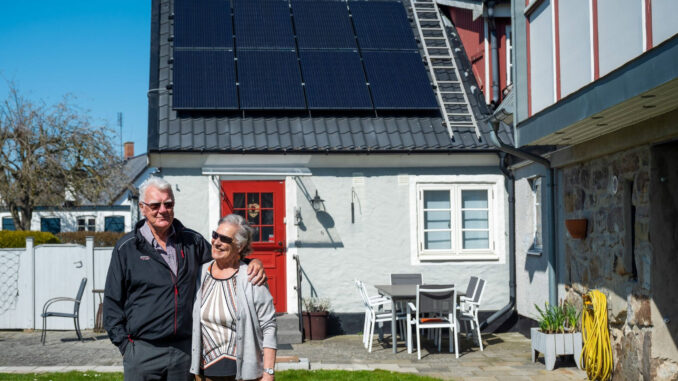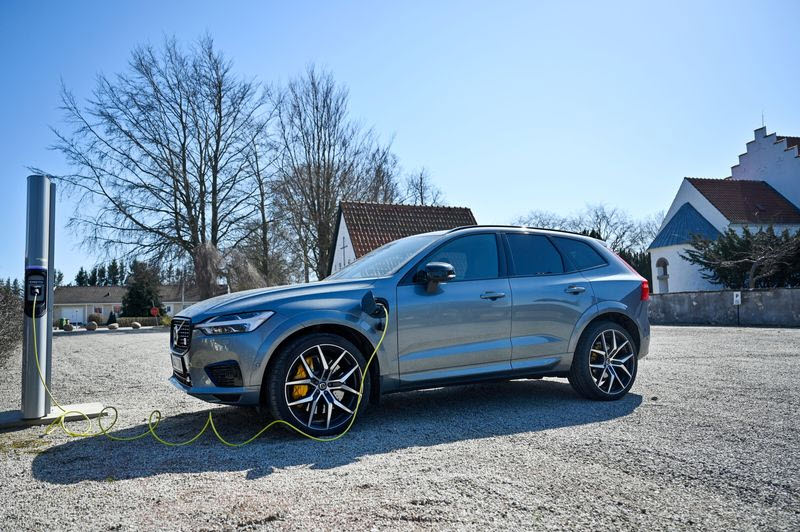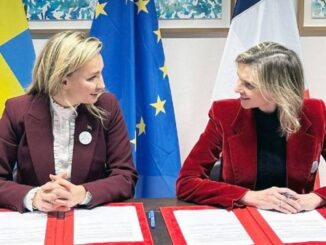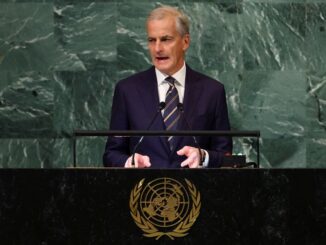
A thousand-year-old Swedish village could become a blueprint for local energy grids of the future.
Simris, with a population of about 200, has shown that operating independently from the national grid is technologically possible. Villagers use locally produced renewable energy stored in freezer-sized batteries in their homes.
In an age when the risk of sweeping blackouts is growing, it’s an experiment that could be replicated elsewhere as the European Union legislates to support such projects. Households in Simris are harnessing the falling costs of renewable energy and batteries — and satisfying a desire for self-sufficiency. Substantially lower utility bills are an added bonus.
“It just feels right to use whatever comes for free from heaven,” said Lars Goran Lefvert, who moved to Simris from Stockholm when his wife Karin retired. They have 20 solar panels over two buildings framing a grassy courtyard. Their residential battery is kept in the outhouse. Any surplus energy is sold back to German energy giant EON SE, which runs the local grid and set up the project as an experiment with EU funding.
The growth in renewable energy is bringing cleaner electricity and allowing people to explore new supply and demand models. Villagers in places like Simris, where wind and sun are abundant, have taken advantage of the falling cost of batteries and tapped government incentives to invest in solar panels. Now they increasingly sell their power back to utilities. Others experimenting with local grids include Germany’s Hindelang, a village of 5,000 people.
Sweden’s Provence
Simris sits on rolling hills about a mile from the Baltic Sea on the nation’s southeastern tip, an area known as Sweden’s Provence. The past and future blend outside a whitewashed stone church, where 11th-century rune stones sit next to an electric vehicle charging station.
It’s been a steep learning curve, said Jorgen Rosvall, the project manager at EON. Among the greatest challenges was keeping the right frequency in the system and balancing supply and demand using everything from the solar and wind plants to heat pumps, batteries and hot water cylinders in the homes. Throughout, the villagers have remained customers of their power suppliers.

“It would be great if Simris could work as a blueprint for other villages,” Rosvall said. “We’re working on it in other projects, not only in Sweden but everywhere EON is active.”
Vattenfall AB, the Nordic region’s biggest power company, is also exploring this corner of the industry.
“It’s an important piece of the puzzle, but it will not solve all the great challenges we face,” said Anna Borg, the utility’s chief executive officer.



